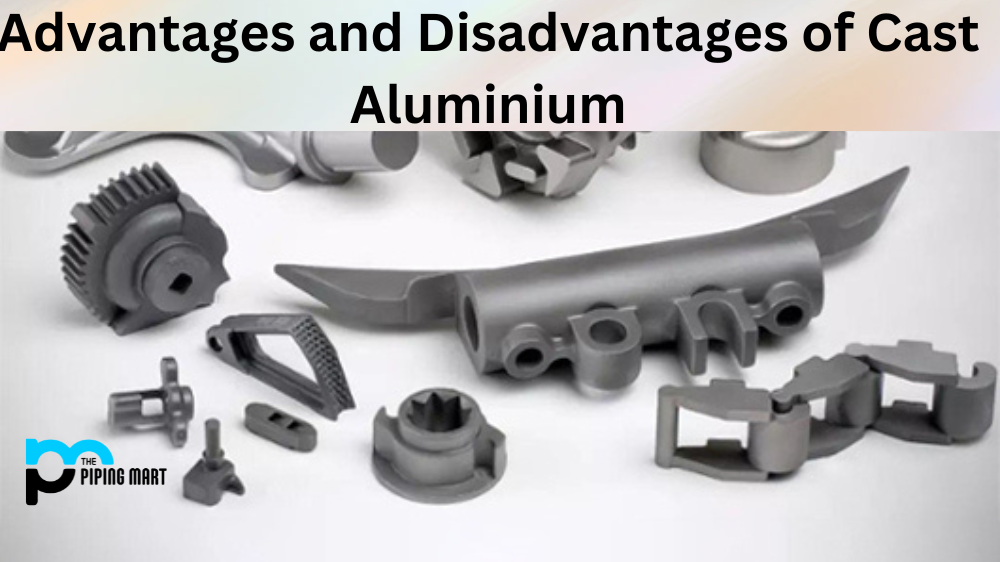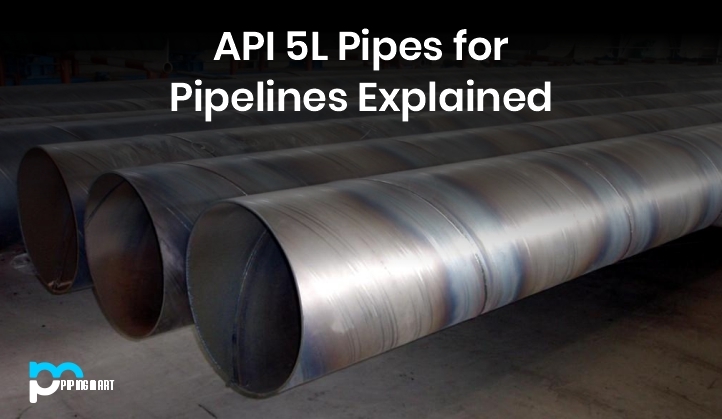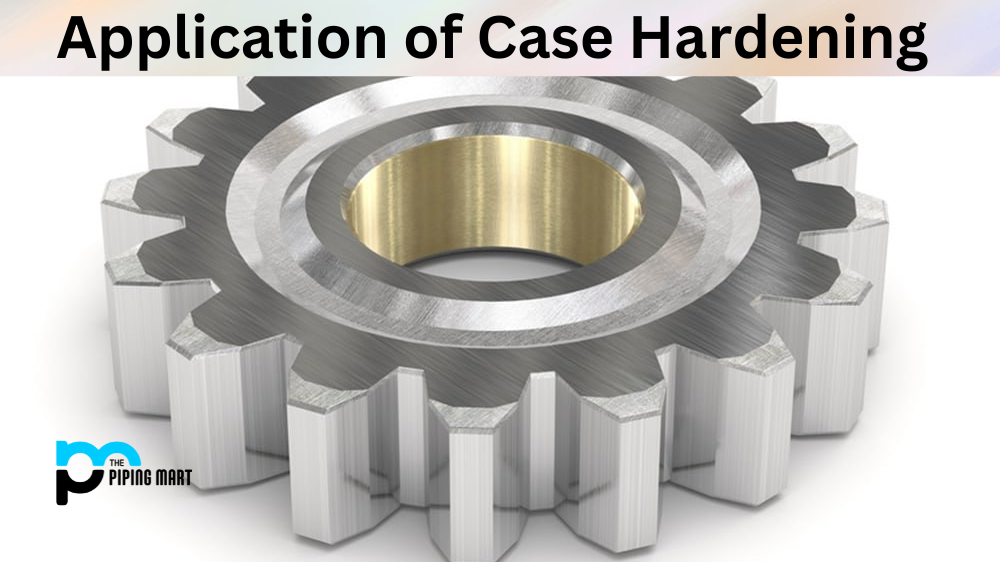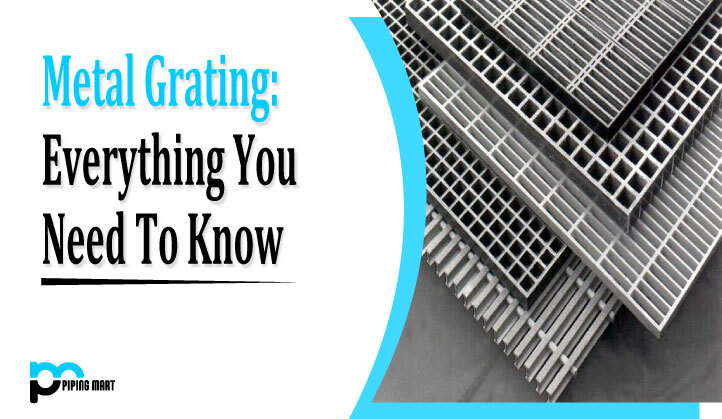Cast aluminium is one of the most popular materials used in manufacturing. Its ability to be moulded into a variety of shapes and sizes makes it ideal for producing a wide range of products, from kitchen cookware to car parts. But like any material, cast aluminium does have its benefits and drawbacks. Let’s take a look at the advantages and disadvantages of cast aluminium.
Advantages of Cast Aluminium
One of the main benefits of using cast aluminium for manufacturing is its lightweight. Compared to steel, cast aluminium is much lighter yet still strong enough to withstand high pressures. This makes it ideal for creating lightweight parts that don’t sacrifice strength or durability. In addition, cast aluminium can also be recycled easily, making it an environmentally friendly option for many types of products.
Cast aluminium also has excellent heat-conducting properties thanks to its low melting point. This allows manufacturers to use it in applications that require heat resistance, such as cookware or radiators. Additionally, because it can be moulded into different shapes and sizes easily, this material can be used to create complicated components with unique designs that would otherwise be difficult to produce without casting methods.
- Cast aluminium is a strong and durable material that can withstand high temperatures.
- Cast aluminium is resistant to corrosion and does not rust.
- Cast aluminium is lightweight yet strong, making it ideal for use in a variety of applications
- Cast aluminium is easy to recycle and can be reused many times over.
- Cast aluminium conducts heat well and can be used for a variety of cooking applications.
- Cast aluminium has a smooth surface that is easy to clean and maintain.
Disadvantages of Cast Aluminium
One major disadvantage of using cast aluminium is its susceptibility to corrosion when exposed to certain elements like salt water or acid rain. In order to prevent corrosion from occurring, manufacturers must coat the surface with a protective coating such as paint or powder-coating before shipping the product out for sale. Furthermore, because this material has a lower melting point than other metals like steel or iron, it requires special care during welding processes in order to avoid warping or cracking due to heat exposure during welding operations.
Lower Strength
One of the primary disadvantages of cast aluminium is that it is not as strong as other types of aluminium. This means that it is more likely to break or crack under stress. Additionally, cast aluminium is more susceptible to corrosion than other types of aluminium.
More Expensive
Another disadvantage of cast aluminium is that it is more expensive than other types of aluminium. This is due to the fact that cast aluminium requires more processing and is less commonly used than other types of aluminium.
Limited Availability
Another issue with cast aluminium is that it is not widely available. This is because it is not as commonly used as other types of aluminium and can be difficult to find.
Difficult to Work With
Cast aluminium can also be difficult to work with, as it is harder to cut and shape than other types of aluminium. This can make it challenging to create products from cast aluminium.
Requires Specialised Equipment
In order to work with cast aluminium, you need specialised equipment that can handle the material. This can make it difficult and expensive to get started with cast aluminium projects.
Health Risks
Finally, there are some health risks associated with working with cast aluminium. When heated, cast aluminium can release fumes that can be harmful to your health if inhaled.
Conclusion:
In summary, cast aluminium offers some distinct advantages and disadvantages when compared with other metals for manufacturing purposes. It’s lightweight yet strong enough for many applications; however, it’s more prone than other metals when exposed to corrosive elements such as salt water or acid rain and requires special precautions during welding operations due to its low melting point temperature range compared with other metals like steel or iron. Weighing both the pros and cons carefully is essential before committing your project completely to this material option, so you get the best outcome possible!

A passionate metal industry expert and blogger. With over 5 years of experience in the field, Palak brings a wealth of knowledge and insight to her writing. Whether discussing the latest trends in the metal industry or sharing tips, she is dedicated to helping others succeed in the metal industry.




